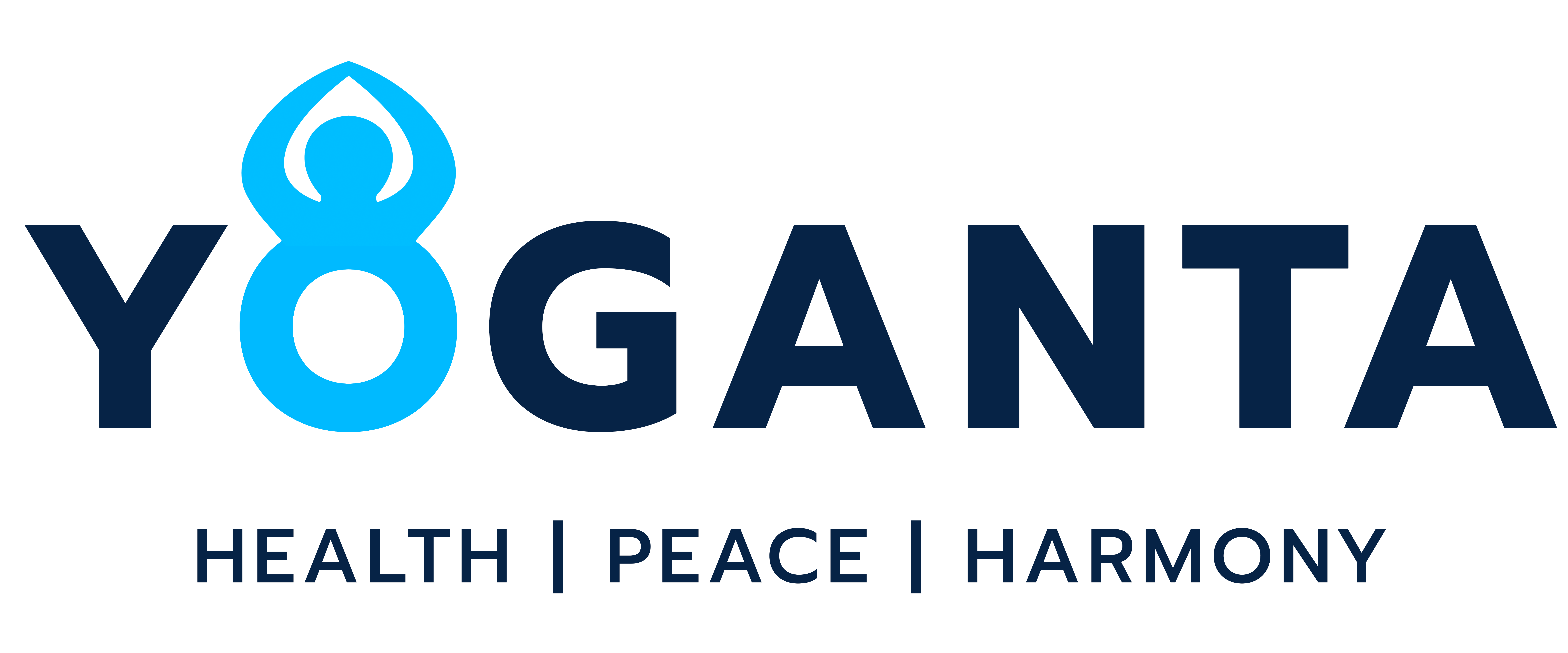Bhramari Pranayama | Humming Bee Breath | भ्रामरी प्राणायाम
Yoga is indeed a guide to leading a happy and healthy life. Yoga practice results in the connection of personal awareness with global consciousness, according to yogic teachings. Yoga includes breathing exercises called pranayama that help you gain control over your breathing motion and calm your body. Bhramari Pranayama commonly referred to as the Humming Bee Breath, is indeed a meditative breathing technique that calms the nerves and aids in reuniting ourselves with our authentic selves.
Bhramari means “bee” in Sanskrit, is a signifier of the humming sound that is made at the rear of one’s throat throughout the exercise and is similar to the soft buzzing of a bee. It is among the simplest breathing exercises for relieving mental agitation, annoyance, or worry as well as a significant amount of rage. Simple, it may be used to instantly reduce tension and it can be done anytime and anywhere.
Instructions
- Select a sitting posture that is comfortable. It is ideal to position yourself cross-legged on the ground if you can, elevating your buttocks with a pillow or mat for convenience.
- As an option, you could decide to place your feet directly on the ground while sitting on a chair.
- Keep your back upright.
- Keep your lips sealed and the tip of your tongue behind the upper jaw keep checking periodically to make sure your jaw is still relaxed.
- Cover your ears with your thumbs, then, position your index fingers right above your brows at the middle of your forehead. Keep the tips of your other fingers slightly on your nose bridge.
- Start by inhaling deeply through your nose for a long time, so that your breath reaches your abdomen.
- Sink your chin to your chest and start to gradually exhale while humming steadily and subtly at the rear of your throat, like a bee. Ensure that the sound is steady, mellow, and smooth.
- The tongue’s position enables the resonance to more effectively reverberate throughout the brain and impact its tissues.
- Bring your focus to the ‘Ajna Chakra’ which is present in the middle of your head, keeping your body absolutely motionless while you allow the vibration to enter your head and travel throughout your body.
- After you’ve finished exhaling, carefully raise your neck and begin the process all over again by taking a deep breath through your nose.
- Repeat with seven rounds or gradually increase by one repeat each week, until you reach a maximum of 17 repetitions.
Benefits
Bhramari pranayama not only helps in mind-body coordination but also relaxes your mind. Several other benefits of this pranayama are-
- Bhramari Pranayama routinely performed may benefit ear issues. Tinnitus sufferers may see the buzzing sound to be helpful as self-inflicted sound therapy.
- Maintaining healthy blood flow is essential for remaining active and energized. Nitric oxide is generated in the system by the humming sound of this pranayama, according to studies. The microscopic blood arteries that circulate the blood are opened by vibrations.
- Moreover, it calms your mind instantly which helps in the treatment of insomnia and betterment of the sleep cycle and its quality.
- It may improve the physical condition by enhancing brain abilities.
- It could be a helpful pranayama to do before engaging in concentration and mindfulness.
- The constant buzzing sound may clear obstructions in the mind and induce happiness.
- Having a calming influence on the subconscious mind might aid in the treatment of migraines.
- Gaining mental stability and reducing mental stress could be beneficial.
- Promotes the healthy function of the pituitary and pineal glands by stimulating them.
Contraindications
Bhramari Pranayama should be avoided by women on days when they are menstruating because it may result in cramping.
It should also be practiced before any meal because doing so after eating could induce gastrointestinal problems. People who suffer from migraines should perform the exercise with their eyes open because closing them may make them feel dizzy. The ideal time to practice Bhramari Pranayama is probably early morning because it may increase your productivity and overall health for the rest of the day.
Summary
The buzzing sound of the bee inspired the nomenclature of the breathing technique of Bhramari pranayama. The primary characteristic of this exercise is the internal sounds of vibration when all six senses are shut. The appeal of Bhramari pranayama is its accessibility to all people, regardless of gender or age. The Bhramari pranayama strengthens the bond between our mind and body. By minimizing elevated vital signs, weariness, and psychological anguish, Bhramari pranayama has an edge. Breathing exercises are easy to perform and may be done anywhere, even at the workplace. They are a quick way to reduce stress.
